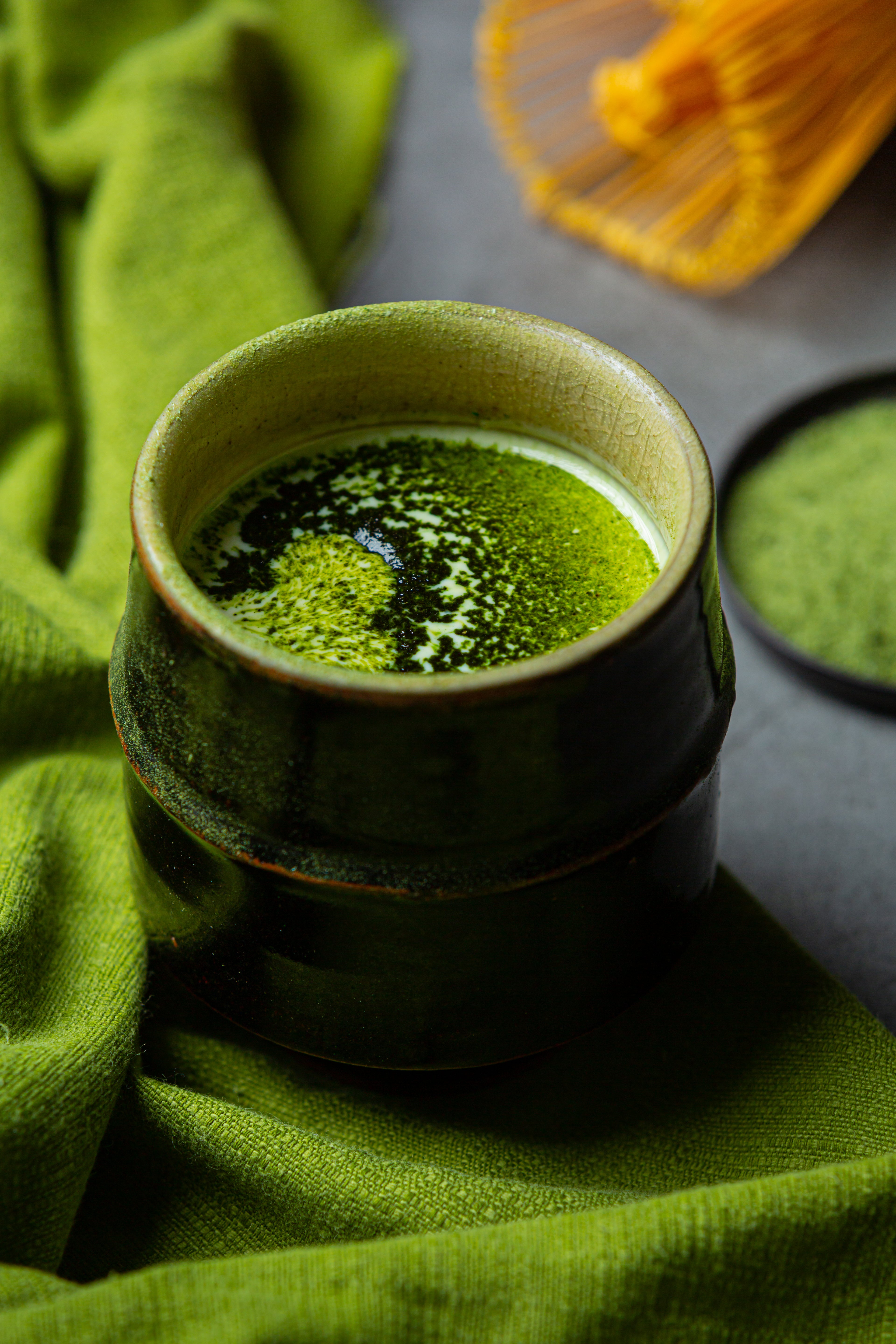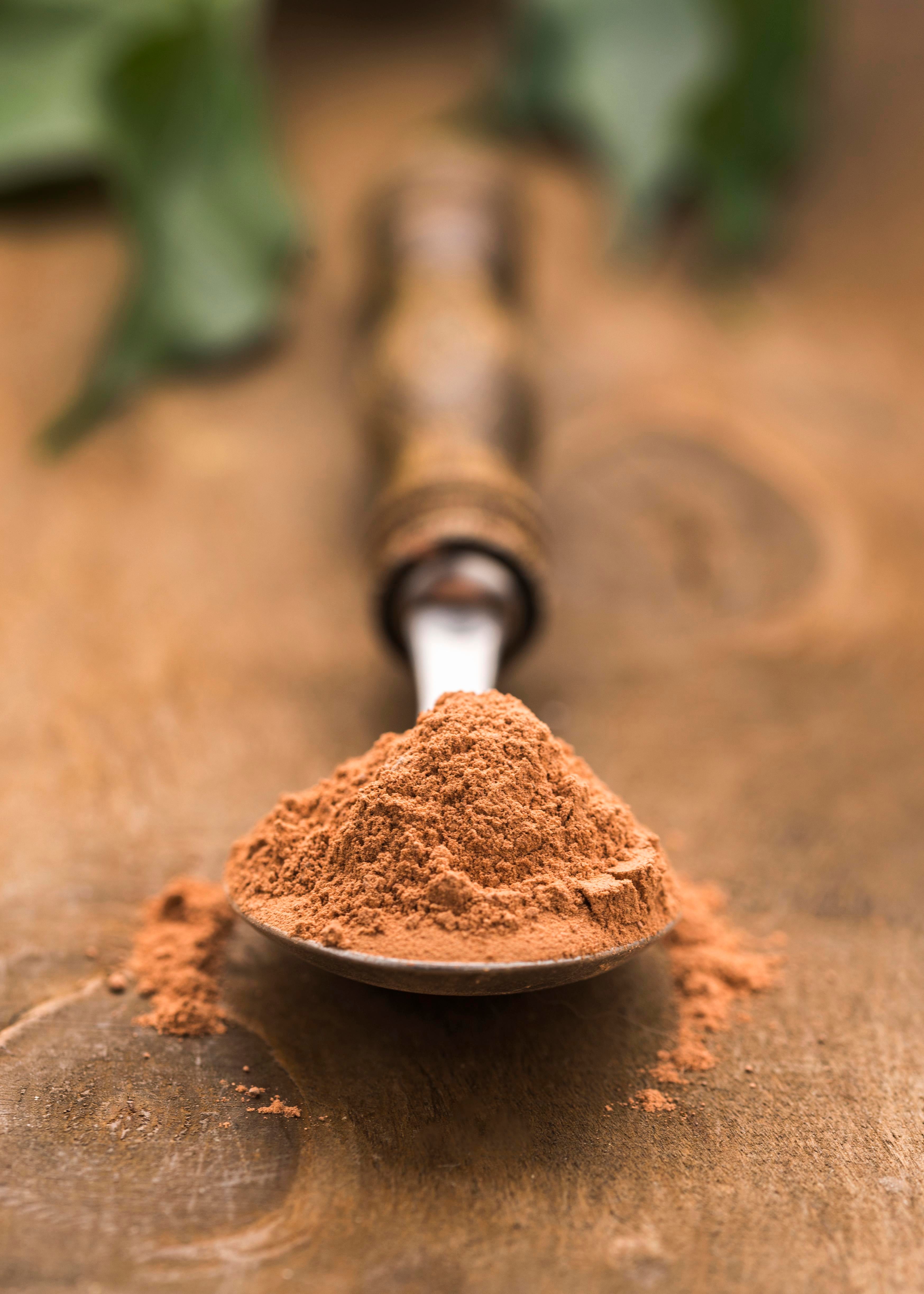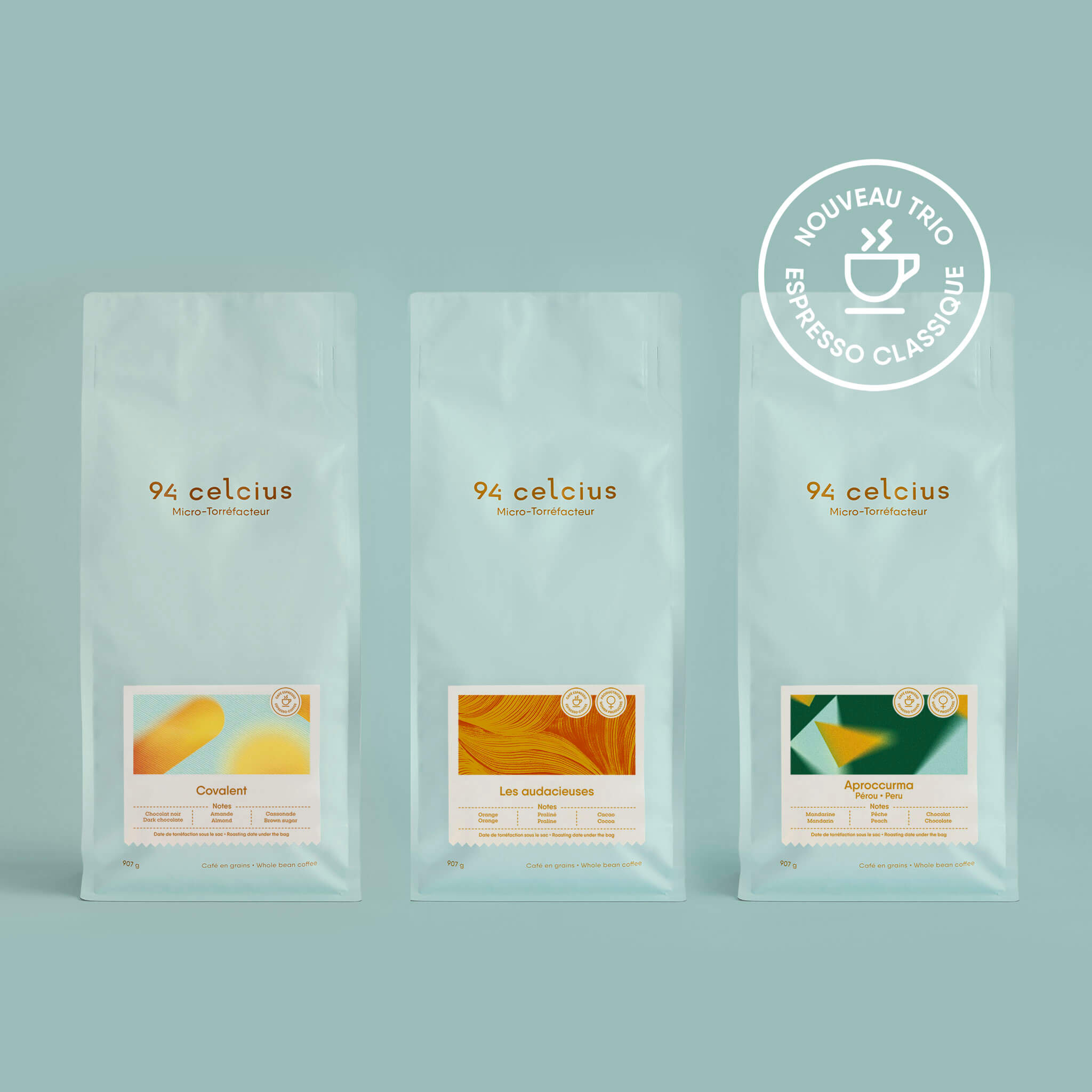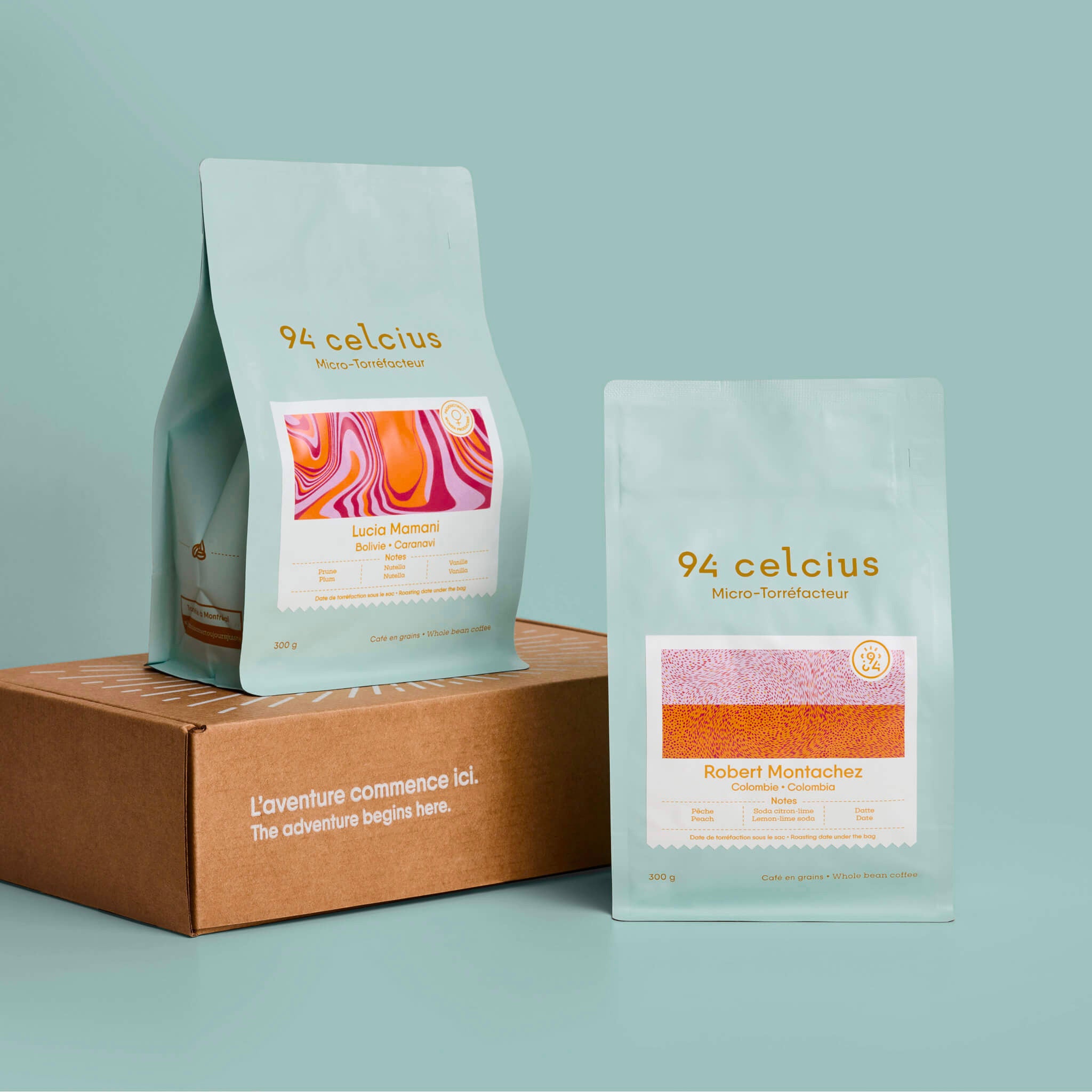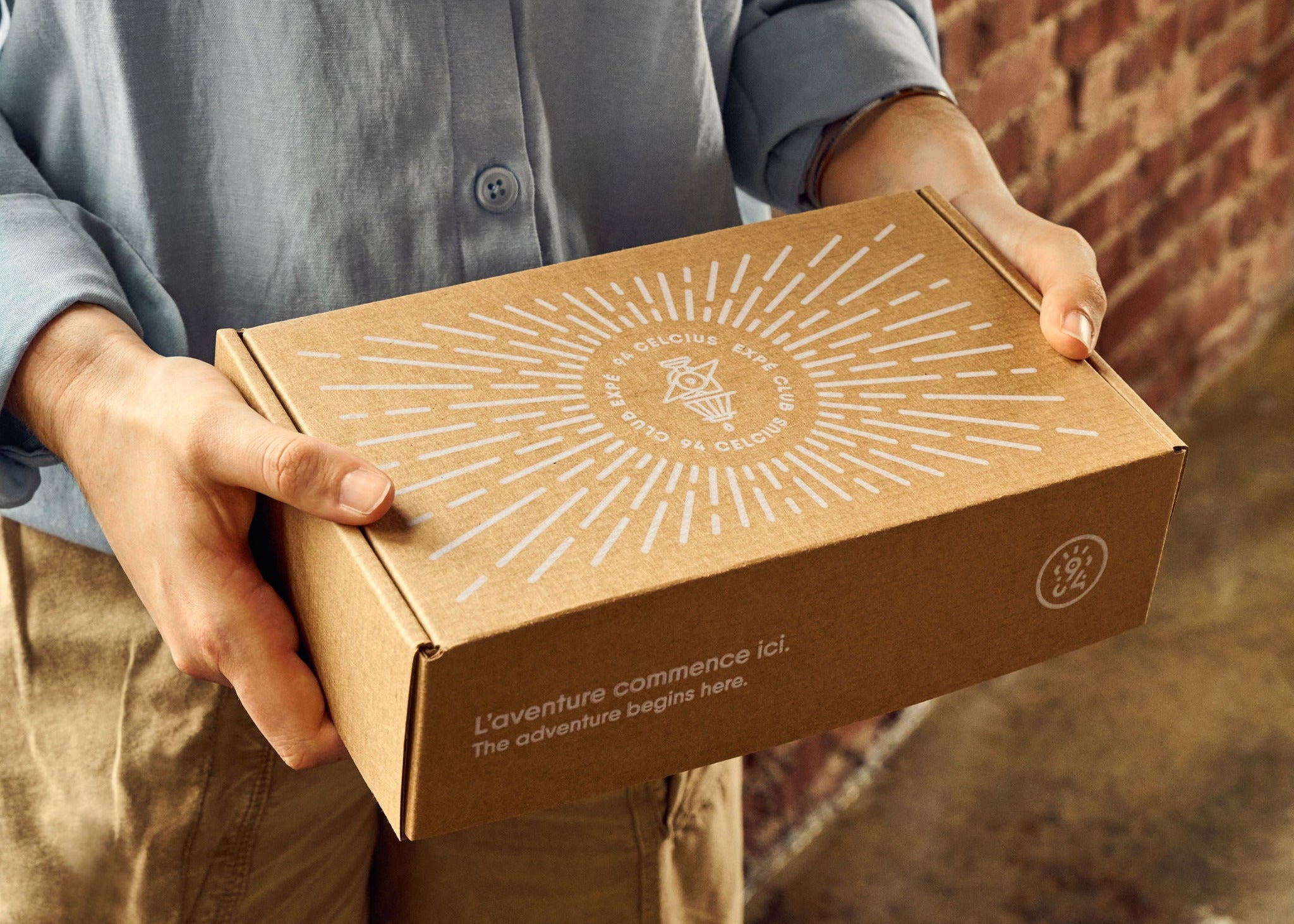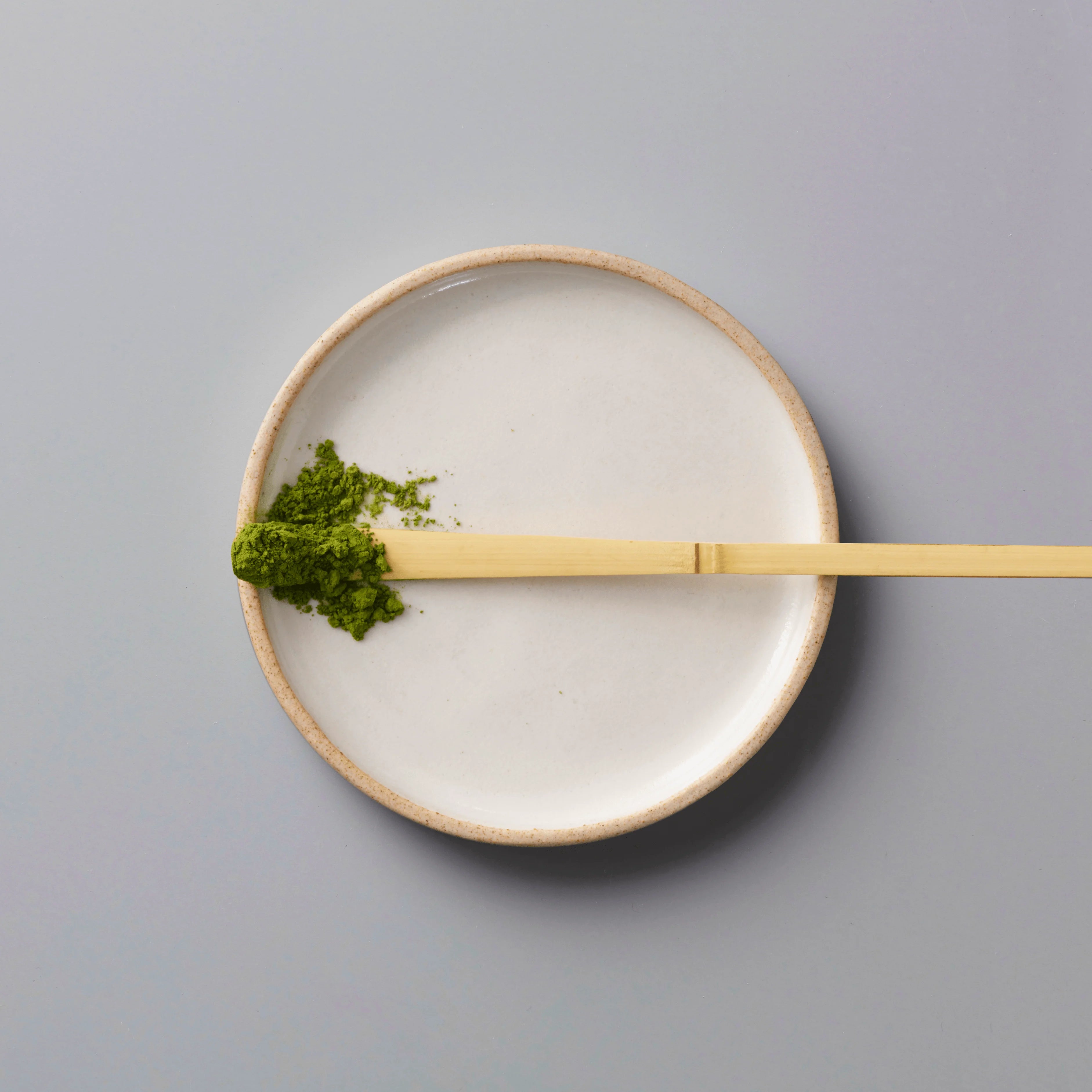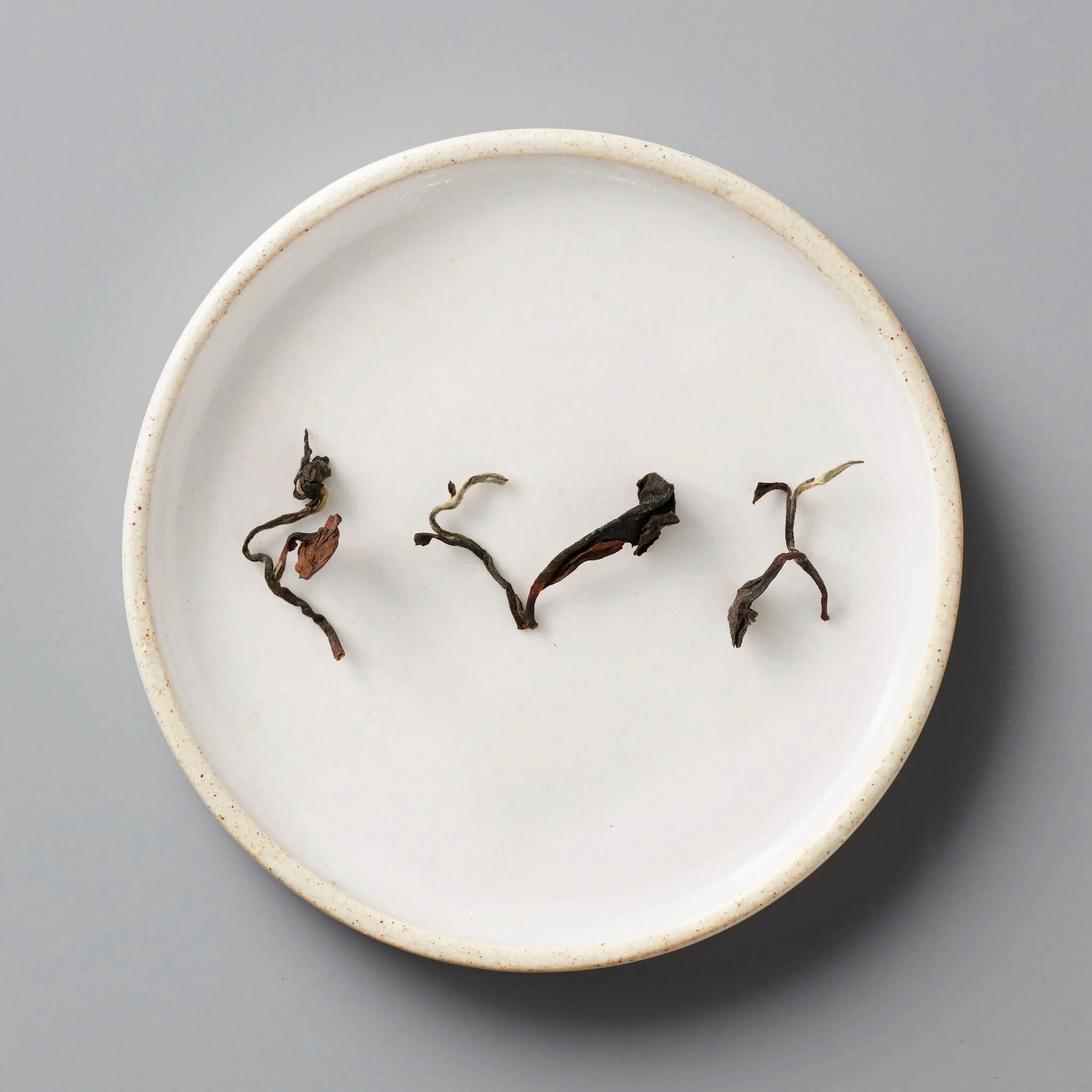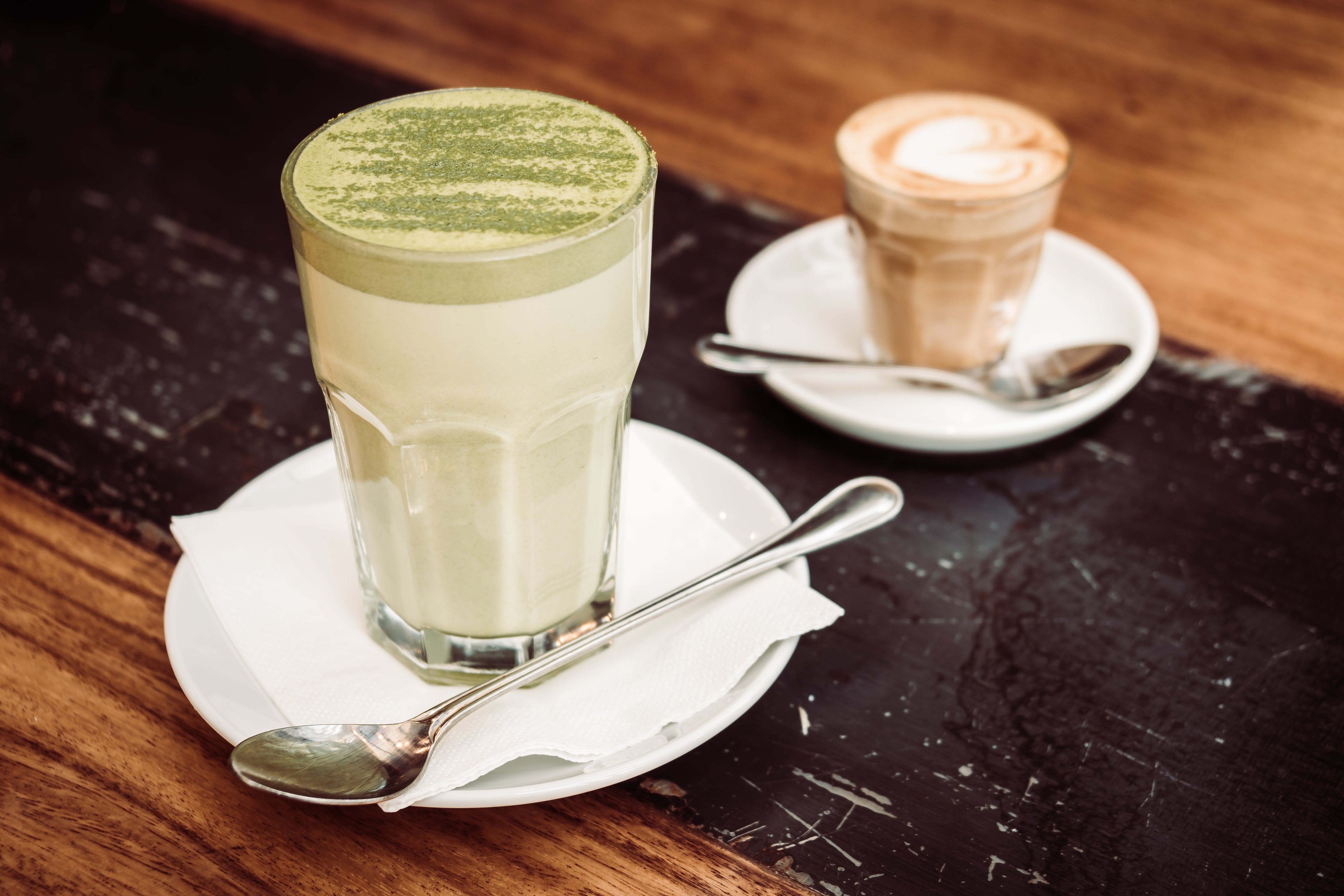Matcha green tea has conquered the world in recent years, thanks to its brilliant color, health benefits and central role in the Japanese tea ceremony. But another Japanese tea is winning over more and more tea lovers: hojicha, a roasted tea with sweet, comforting notes.
So, what's the difference between matcha and hojicha? In this article, we explore their origins, flavours and benefits to help you better understand these two Japanese treasures... and inspire you to discover them at 94celcius.
